The Four Final Kriyas (17-20) in this series of 20 Tantric Kriyas
These last four kriyas blend together beautifully, so that is how I am introducing you to them. The first three are considered Dharana or concentration practices, and the final one moves us into Dhyana, or meditation.
First, let’s review these four practices.
Utthan Kriya:
Utthan means “to rise up from the ground,” so this is the raising of the Kundalini energy from the Muladhara Chakra. All the previous practices, threaded together, are generating the Kundalini energy within you (Kundalini is you – your energy, and these practices gather it together as a force.)
I remember being with my teacher Hari one day. He sat with his back to me and proceeded to go into meditation. Then he asked me to place my hands on his spine, moving from the lower back upwards, and to tell him what I felt. I felt heat. Heat radiating from the lower back all the way up to the heart. But I couldn’t not feel it above the heart. The reason, he said, is because it is a lot of work to raise the Kundalini energy above the level of the heart. The awakening for me was realizing that he could even raise it at all in just a few moments, and that it generated such heat! He was breaking down my skepticism.
Svarupa Darshan:
Sva is your self, and rupa is form. This practice facilitates seeing one’s own form, like a statue of your self.
Linga Sanchalan:
The linga sharira is the astral body. This practice is the rotation or movement of the astral body. The physical body is a form created of atoms and molecules and cells, etc. When life enters the body, the life force creates the astral or energetic body, bringing all movement to the physical form.
Dhyana:
Dhyana is meditation. We started these 20 kriyas with Pratyahara practices, to help us withdraw from the senses. Then we moved into Dharana practices, to help us concentrate. In this last one, we reach Dhyana, meditation, the culmination of the practices.
Let’s Begin
Sit in a comfortable, upright position, for Utthan Kriya, such as Sukhasana, Siddhasana or Padmasana. Have the eyes closed. Bring your consciousness to the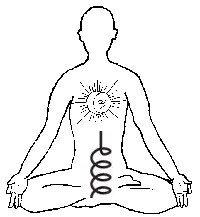 Muladhara Chakra. Visualize the lingam (a symbol representing Shiva) within Muladhara Chakra with the Kundalini as a serpent, coiled three and a half times around the lingam. Imagine the serpent uncoiling and moving up into the sushumna within the spinal column. Notice how far it can move upward before it returns to the Muladhara. Be attentive to any sensations that may occur as the serpent moves. Try to do this for at least a few minutes.
Muladhara Chakra. Visualize the lingam (a symbol representing Shiva) within Muladhara Chakra with the Kundalini as a serpent, coiled three and a half times around the lingam. Imagine the serpent uncoiling and moving up into the sushumna within the spinal column. Notice how far it can move upward before it returns to the Muladhara. Be attentive to any sensations that may occur as the serpent moves. Try to do this for at least a few minutes.
Continue in your seated position for Svarupa Darshan. Ideally have the tongue curled back in Amritpan Khechari mudra. Bring your attention to your breathing. The breath should be natural, and the body kept very, very still. Observe the breath with its natural ebb and flow. Do not try to control it, just observe it. Gradually, the body will begin to stiffen, without movement. Maintain your focus on the natural flow of the breath. Visualize your body in your mind as though it is a statue, solid and still without movement. Visualize and see this statue of you, as you are seeing your own form, without movement, your body is so still, the breath barely perceptible. Continue for a few minutes.
Continue sitting for the next kriya, Linga Sanchalan. Keep the tongue curled back in Khechari mudra, if possible. The breathing maintains the very calm ebb and flow, with the eyes closed. With this still, unmoving body, as your breath flows in, feel the expansion of the astral body. As the breath flows out, feel the contraction of the astral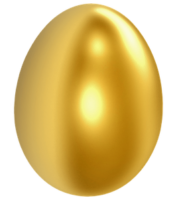 body. With each soft flowing breath, envision this gentle expansion and contraction of your energy field, your aura, the astral body. The expansiveness is so enjoyable, as is the contraction. After a while you may lose awareness of the physical body completely and you will only be aware of the expansion and contraction of the astral body. Eventually, after a few minutes, contract the astral body until it comes to one single point of light, like a small, luminous golden egg without rays.
body. With each soft flowing breath, envision this gentle expansion and contraction of your energy field, your aura, the astral body. The expansiveness is so enjoyable, as is the contraction. After a while you may lose awareness of the physical body completely and you will only be aware of the expansion and contraction of the astral body. Eventually, after a few minutes, contract the astral body until it comes to one single point of light, like a small, luminous golden egg without rays.
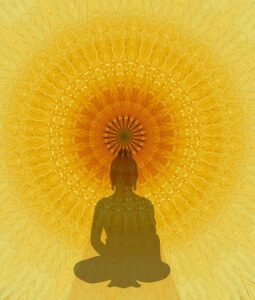
We are now ready for the final kriya, the Dhyana kriya. With the still body, until the astral body has contracted to a small, single point of light, like a luminous golden egg. Observe this golden egg. As you breathe, this golden light begins to expand and become larger and larger. Eventually this golden light fills your physical and astral bodies. Your form is a glowing light. It is neither physical nor astral; it is the causal body, your causal self. This is the “cause” of your being… the true you, the blissful self that has taken a form in this lifetime. Sit and enjoy this meditation for as long as it continues to feel comfortable.
You can read about these Kriyas on pages 159 – 160 in Letters from the Yoga Masters. I have recorded these four Kriyas for you here on the SOYA youtube site to make it easier for you to practice. I hope you have enjoyed this series of Kriyas.
Conclusion of these 20 Tantric Kriyas.
Swami Yogeshwaranand said that Pratyahara is the control of the senses and that Dharana is the control of the mind. Both are different steps of yoga sadhana or practice, leading us toward deeper stages of Dhyana, meditation, and ultimately, to Samadhi or Oneness with the Divine.
Remember, if you have all the time in the world, classically these Kriyas are practiced progressively… Kriya 1 for 1 week, then Kriya 1 and 2 for the next week, then Kriya 1, 2 and 3 for the next week, and so on until all 20 Kriyas are done in one sitting. This can be quite a challenge to find the time to do this, so practicing one at a time or a few at a time is just fine.

Marion Mugs McConnell is the author of Letters from the Yoga Masters: Teachings Revealed through Correspondence from Paramhhansa Yogananda, Ramana Maharshi, Swami Sivananda, and Others, published by North Atlantic Books copyright © 2016 ISBN 978-1-62317-035-6. This is an excerpt of the book, and reprinted by permission of North Atlantic Books. All photos are used with permission.
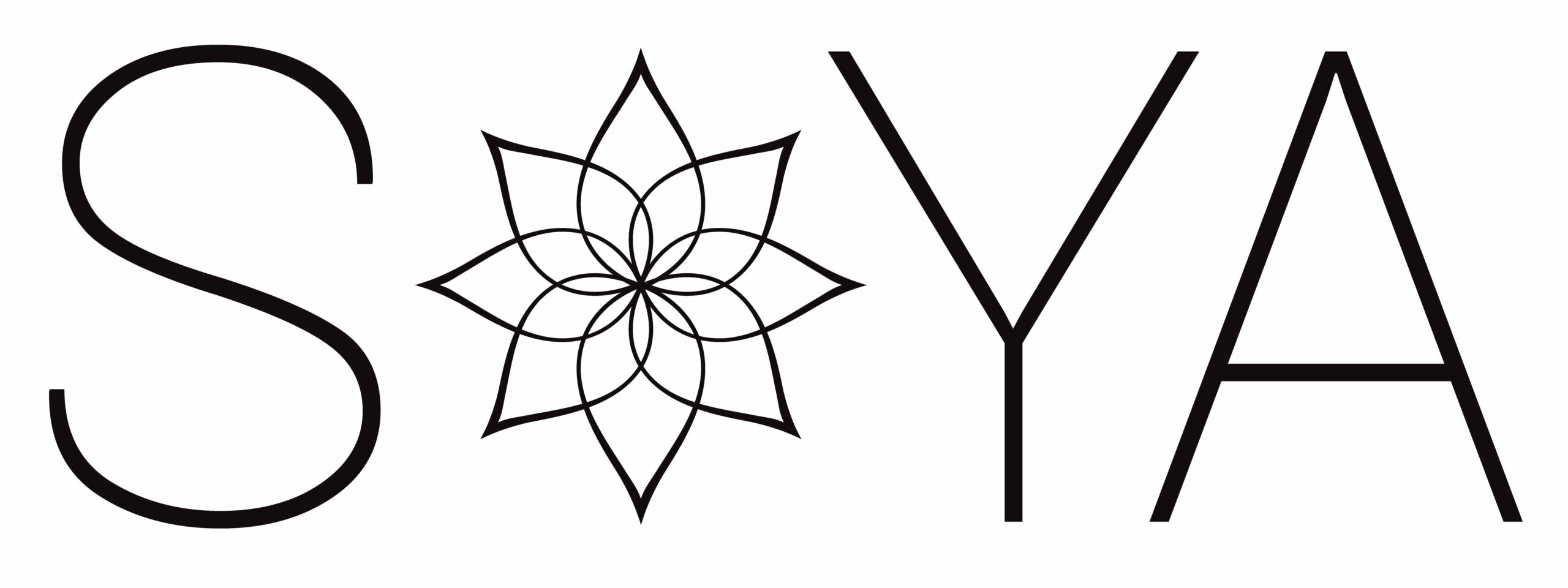
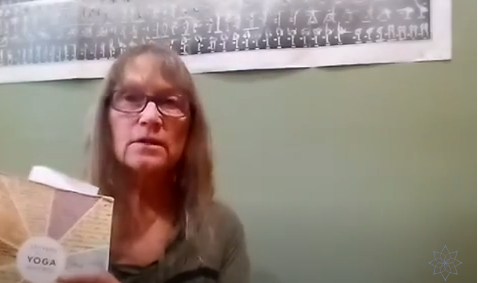
Recent Comments